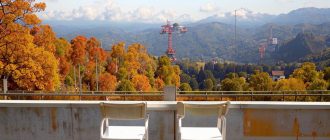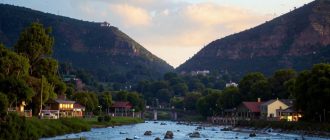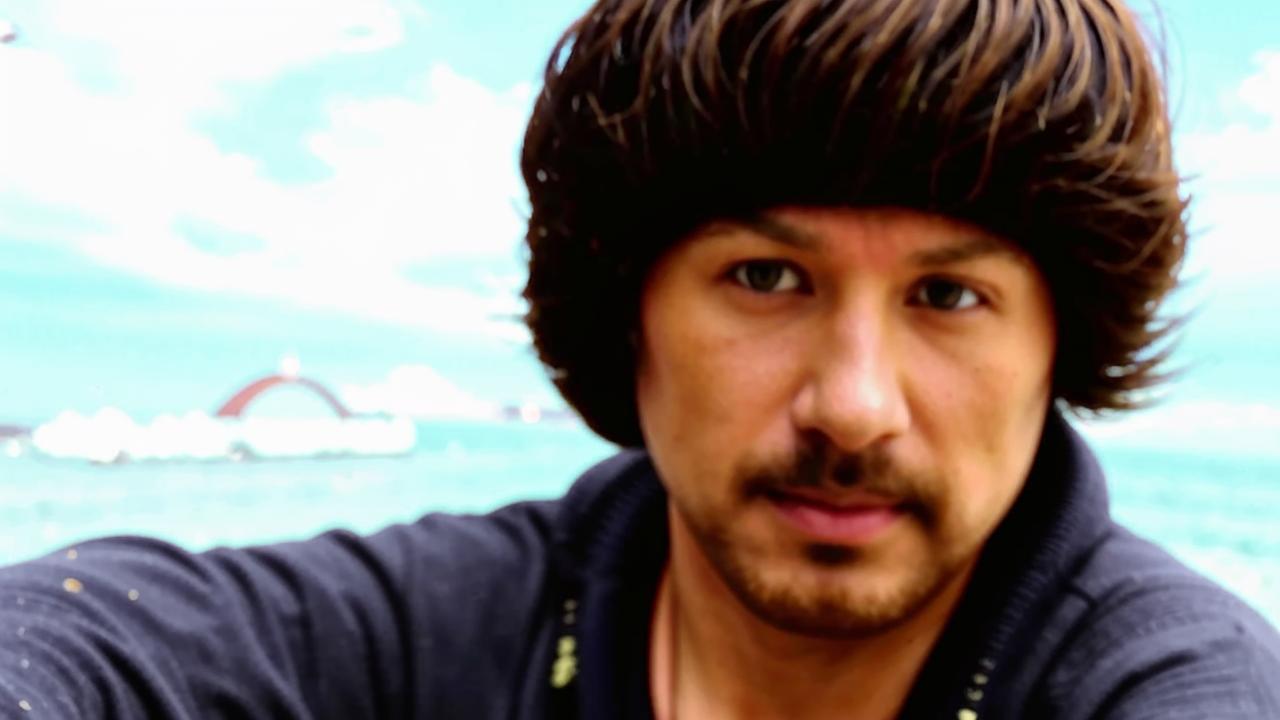
President of Pro-Vision, author of the Vinogradov.story community
“While architects have been shaping the capital’s familiar “facade” for centuries, their fellow engineers have remained in the shadows. But it is thanks to their ideas that Moscow has become the way we know and love it – not only beautiful, but also comfortable to live in. I will tell you below about what engineering “wonders” are worth seeing in the capital.
Shukhov Tower on Shabolovka Street
A symbol of Soviet rationalism, the Shukhov Tower was built under conditions of the strictest economy of resources and in a way that was original for the 1920s. Each section was assembled inside the tower on the ground and then lifted upwards on cables. The whole Moscow gathered to watch the process: what a sight to see – a tower growing “on its own”!
However, behind the “independent” tower was the genius of engineer Shukhov, who built it in the image of the Eiffel Tower. Except that it weighed only 240 tons – a little more than the Tsar Bell. Over time, the Shukhov Tower has also become a symbol of the New Year: it is its mesh vaults that open the festive “Blue Lights”, without which it is hard to imagine New Year’s Eve.
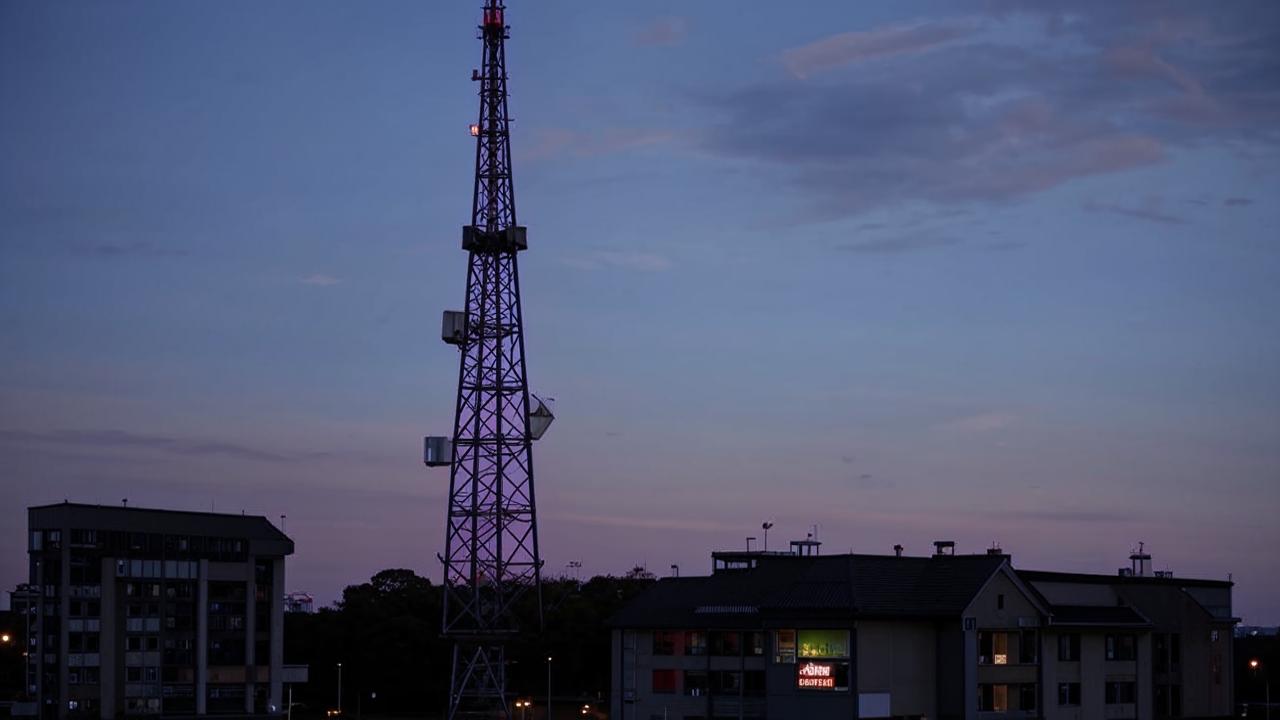
Shukhov Tower
Melnikov’s workshop in Arbat lanes
At the end of the 1920s, the idea of communal houses blossomed in the young Soviet country. Such housing had to be cheap, quick and simple. One of those entrusted with the search for new experimental solutions was architect Konstantin Melnikov. With only one reservation: the house in Krivoarbatsky pereulok he built with the expectation of one family.
Yes, due to the unusual shape of two cylinders cut into each other, the construction of the house was quite economical. Yes, the unusual round shape could have become a model of a new type of Soviet housing. And yet it did not, remaining a rare example of an HML avant-garde in the heart of Moscow.
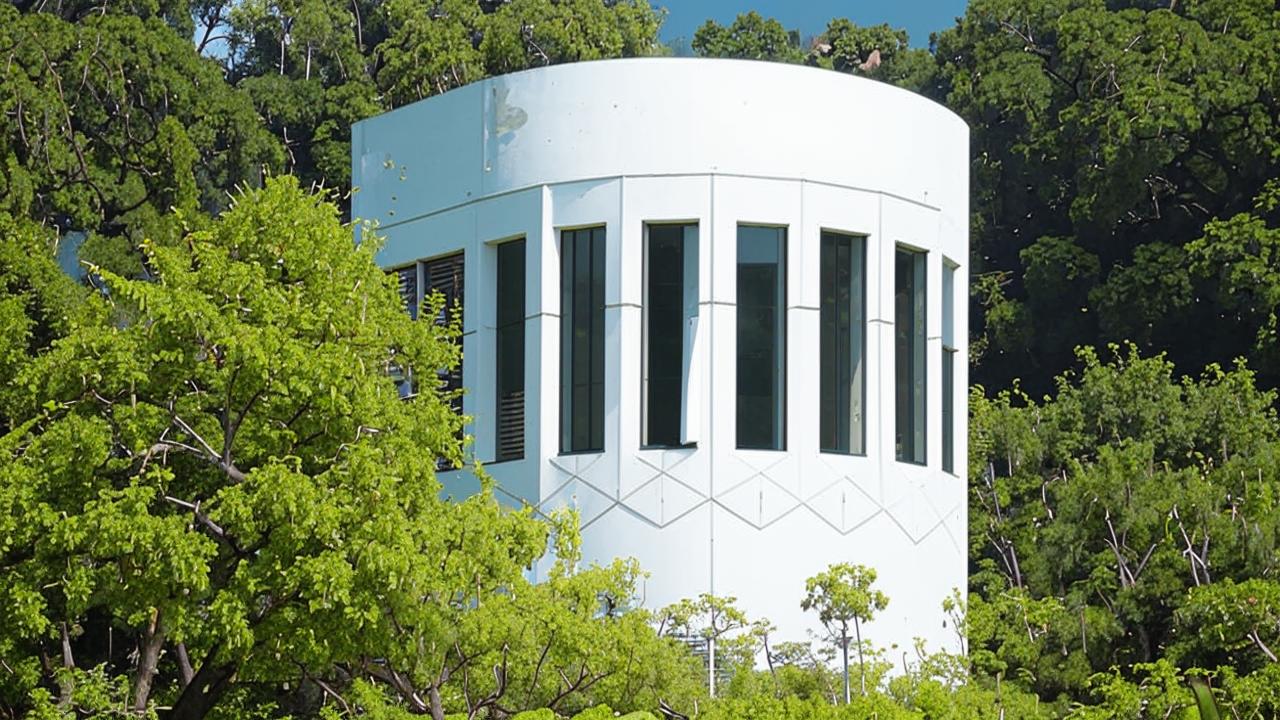
Melnikov House
Lefortovo Tunnel
Moscow was preparing to meet the new XX century, ringed by a grandiose highway – the Third Ring Road. The only thing missing was the final section: the residents of Lefortovo flatly refused to cut down the forest for the sake of the highway construction. The Yauza River flowing nearby also prevented the ring from being closed.
The solution was the Lefortovo tunnel, which combined two types of structures: a deep tunnel in one direction and a shallow tunnel in combination with a flyover bridge over the river in the other. However, the tunnel appears in modern urban folklore not thanks to engineering genius, but rather in spite of it: mass accidents happen here time and time again, for which the site has received several frightening nicknames.

Lefortovo Tunnel
Luzhnetsky metro bridge
Luzhniki and Vorobyovy Gory are almost like heaven and earth: the height difference in this part of Moscow is quite large, and for city planners it is also baffling. Nevertheless, it was here that the first two-tiered arch bridge made of prestressed reinforced concrete was thrown over the Moskva River in 1959. Cars drove on the upper tier, and the Leninskie Gory metro station opened in the lower tier.
Almost immediately after the opening of the Luzhnetsky metro bridge fell into a state of disrepair. And for the next 40 years the metro station was closed for entry and exit of passengers, or continuously repaired. Luzhnetsky metro bridge got a second life at the crossroads of centuries after a major reconstruction. The reinforced concrete beams were replaced with steel ones, and the upper automobile tier was demolished and rebuilt virtually from scratch.
The modern version of the bridge turned out to be not only safe, but also very photogenic: it is almost impossible to imagine the Luzhniki panorama without it.
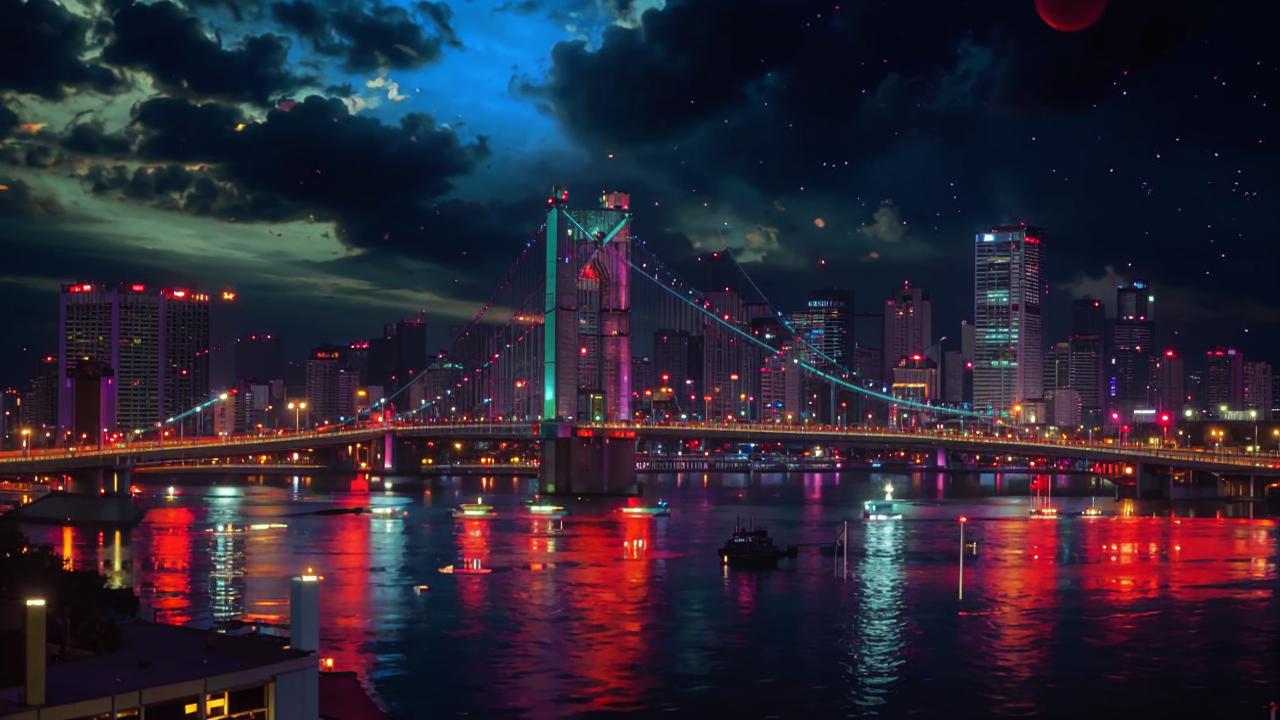
Luzhniki Metro Bridge
“Houses on legs” on Begovaya and Prospekt Mira.
“Houses on legs” – a phenomenon for Moscow is not unique, but rare. One of the “brothers”, better known as the “House of Aviators”, appeared in 1978 near the Begovaya metro station. Initially it was planned to be erected near the River Station, and between the pillars to open a passage to the embankment. But on the eve of the Olympics “put” at the entrance to the city, probably wanting to impress foreign tourists.
The house is located on 20 supports, which taper downwards, and became the first project in the country to use monolithic reinforced concrete. A little earlier, similar, but still slightly different houses appeared on Prospekt Mira – in this case, the openings between the supports served as “exits” for exhaust gases from the highway.
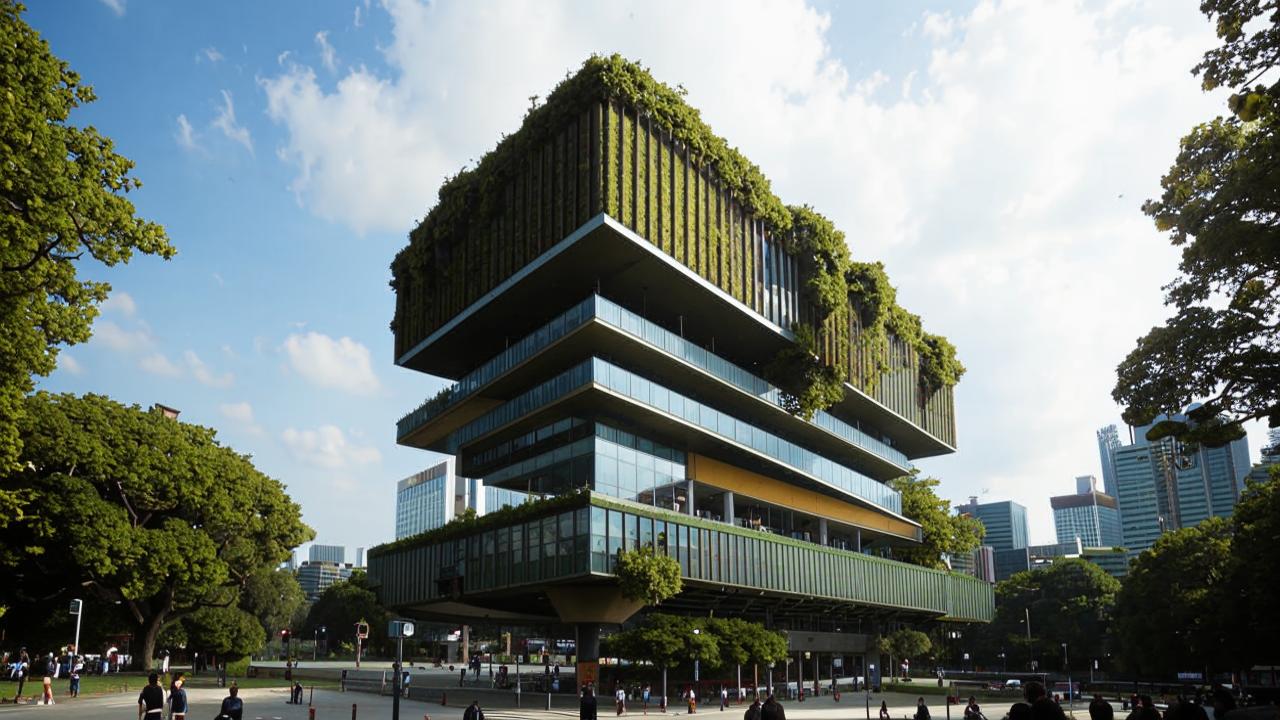
“House on legs” on Prospekt Mira
Kievsky railway station
Active development of railroad transportation at the turn of the XIX-XX centuries led to the decision to build a new station in Moscow – Bryansky (now Kievsky). The architect was Ivan Rerberg, and the engineer Shukhov was involved in the design of floor and ceiling structures.
With his easy hand over the passenger platforms appeared an impressive debarkade, which would later be called “glass sky” – a single-vaulted glazed arched covering more than 320 meters long and more than 47 meters wide. The scale, elegance and “lightness” of this construction still amaze to this day – needless to say, what a stunning success the station had with the public 100 years ago?
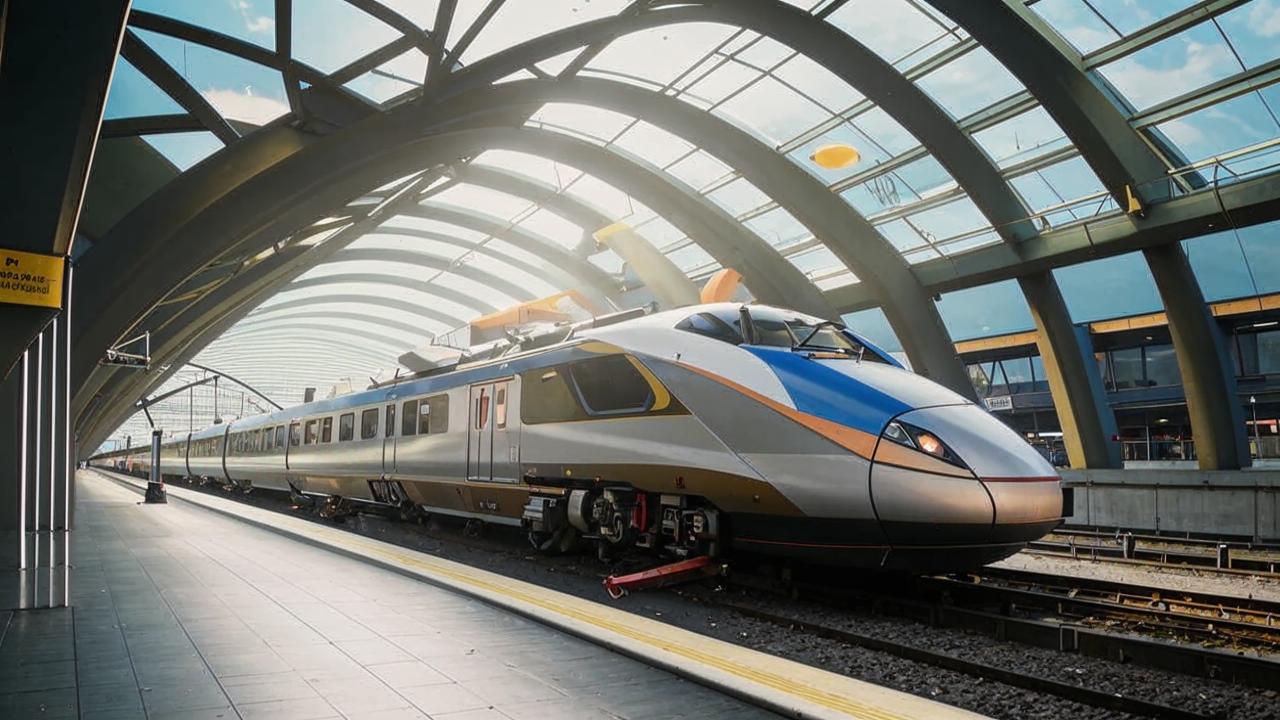
Kievsky railway station
Gostiny Dvor
The Gostiny Dvor appeared in the capital in the XVI century, was rebuilt by Giacomo Quarenghi during the reign of Catherine II, and acquired its usual appearance in 1995. It was then, along with the renovation of the facades, that the interior was completely re-equipped with modern engineering equipment in accordance with the concept of an “intelligent building”.
And over the heads of those very “guests” there appeared a mesh dome with unsupported translucent covering – the largest in Europe. Some Muscovites were not satisfied with this solution: the renovated Gostiny Dvor turned out to be disproportionate to the cozy low-rise Kitay-Gorod. However, the negative impact did not affect the engineering solutions, but was limited to the architectural appearance.
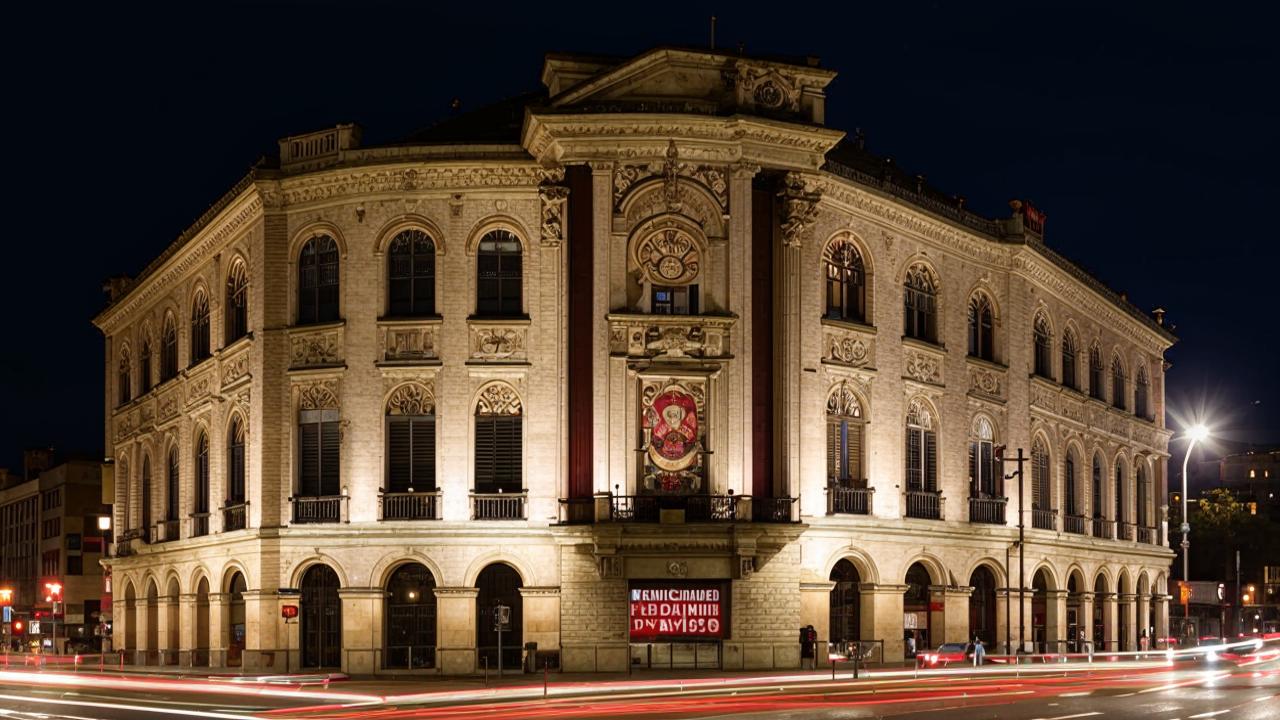
Gostiny Dvor



